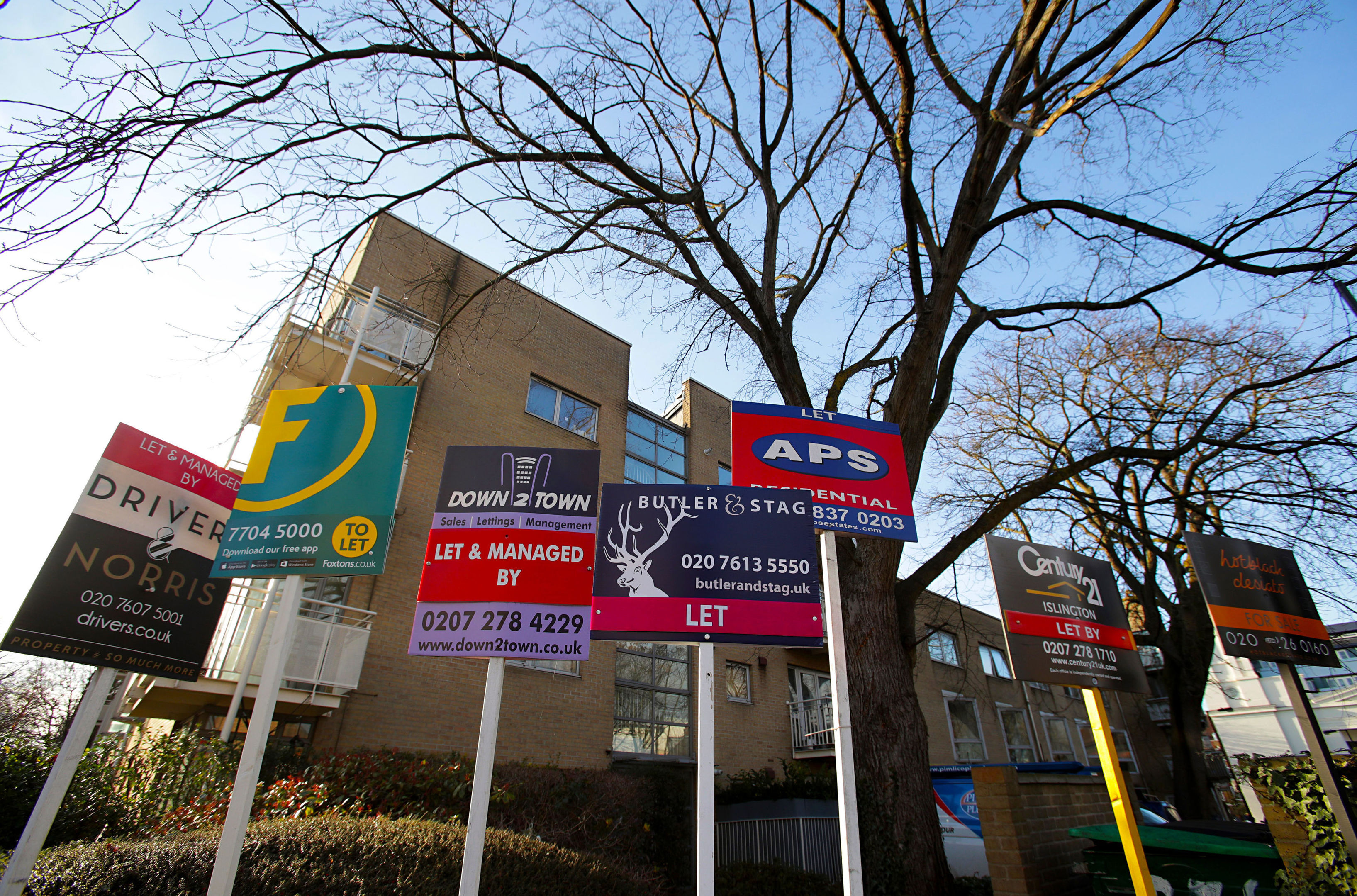
Home-ownership levels among young adults on middle incomes in particular have “collapsed” over the past 20 years – with those in this bracket now having a one in four chance of being on the property ladder compared with two in three in the mid-1990s, a report has found.
The Institute for Fiscal Studies (IFS) said that, in 1995/96, two in three (65%) of 25 to 34-year-olds on incomes falling into the middle 20% bracket for their age group were home-owners.
But by 2015/16, just one in four (27%) of this group owned their own home.
The IFS said this group of young adults is made up of those with after-tax incomes of between £22,200 and £30,600 per year, including any money coming in from a partner.
A third are university graduates, three-quarters live with a partner and around 60% have children.
Andrew Hood, a senior research economist at the IFS and an author of the report, said: “Home-ownership among young adults has collapsed over the past 20 years, particularly for those on middle incomes – for that group, their chances of owning their own home have fallen from two in three in the mid-1990s to just one in four today.
“The reason for this is that house prices have risen around seven times faster in real terms than the incomes of young adults over the last two decades.”
Average house prices were 152% higher in 2015/16 than they were 20 years earlier after adjusting for inflation, the report said.
By contrast, the real net family incomes of those aged 25-34 have increased by only 22% over the same period.
At 27%, the home ownership rate of middle-income young adults in Britain is now closer to those with low incomes than it is to those on high incomes, the IFS found.
In 2015/16, 8% of young adults on low incomes were home-owners compared with 64% of those with high incomes.
Twenty years ago, middle-income young adults had home ownership rates much more similar to high-income young adults, the IFS said.
Young adults today are much less likely to be home-owners than those born just five or 10 years earlier, the report found.
The IFS said 25% of those born in the late 1980s owned their own home at the age of 27, compared with 33% of those born in the early 1980s and 43% of those born in the late 1970s.
For nearly 90% of 25 to 34-year-olds, average house prices in their region are more than four times their annual after-tax family income – and for nearly 40% house prices are more than 10 times their income.
Young adults from more advantaged backgrounds are significantly more likely to own their own home, the IFS said.
Between 2014 and 2017, 30% of 25 to 34-year-olds whose parents were in jobs classed as “low-skilled”, such as delivery drivers or sales assistants, owned their own home, compared with 43% of those whose parents were in “higher-skilled” occupations, such as lawyers or teachers.

Enjoy the convenience of having The Sunday Post delivered as a digital ePaper straight to your smartphone, tablet or computer.
Subscribe for only £5.49 a month and enjoy all the benefits of the printed paper as a digital replica.
Subscribe